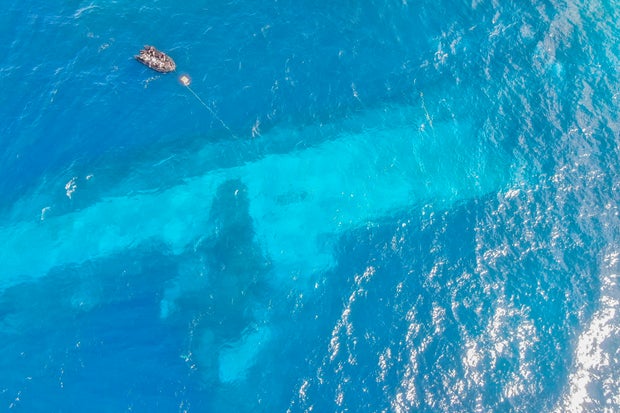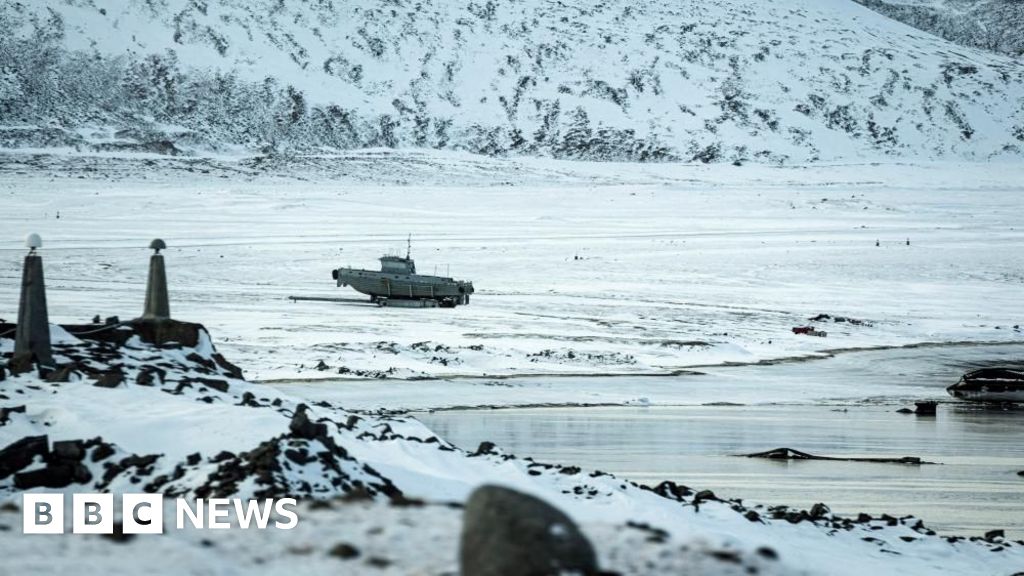World
New Zealand navy ship hit reef and sank because crew mistakenly left it on

A New Zealand navy vessel plowed into a reef near Samoa and sank because its crew mistakenly left it on “autopilot,” a military inquiry found on Friday.
Dozens of sailors were rescued from the HMNZS Manawanui in October after it struck a reef, burst into flames and finally sank south of Samoa’s most populous island Upolu.
The HMNZS Manawanui was the first ship New Zealand had lost since World War II, the BBC reported, and was one of nine ships in the country’s small navy fleet.
The Manawanui had been dispatched to map the ocean floor.
AC Jese Somerville / AP
A military court of inquiry on Friday found the survey vessel had been scuttled because its “autopilot was not disengaged when it should have been.”
“Remaining in autopilot resulted in the ship maintaining a course toward land, until grounding and eventually stranding.”
Crewmembers noticed the ship had veered off course and tried to change direction, believing they had lost control due to a “thruster control failure”.
But they forgot to check if the autopilot had been disengaged first, the tribunal found.
Rather than steering away from danger, the ship “started to accelerate towards the reef.”
“The direct cause of the grounding has been determined as a series of human errors which meant the ship’s autopilot was not disengaged when it should have been,” Golding told reporters in Auckland on Friday. “Muscle memory from the person in control should have leaned over to that panel and checked whether the screen said autopilot or not.”
Defense Minister Judith Collins said the debacle had “really knocked Navy for six.”
“It was a terrible day. The navy and the defense force are not shying away from this,” Collins said. “It was extremely disappointing. But that’s what has happened.”
The shipwreck settled on a stable section of reef about 100 feet below the surface.
It was carrying 950 tons of diesel when it sank, stirring fears of an oil slick that could kill wildlife and taint crucial food sources.
New Zealand’s navy has said previously that the main fuel tanks appeared to be intact.
Salvage crews were working to retrieve the fuel without major leaks.
No one died in the incident, although a small number of sailors suffered minor injuries.
In the days after the incident, the BBC reported that social media users started trolling the ship’s female captain, claiming that her gender was to blame. These commenters were denounced at the time by New Zealand’s defense minister as “armchair admirals.”
The HMNZS Manawanui’s sinking came just weeks after the only U.S. Navy oil replenishment ship serving the USS Abraham Lincoln Carrier Strike Group ran aground off the coast of Oman. At the time, U.S. officials told CBS News national security correspondent Charlie D’Agata the damage to the USNS Big Horn was significant enough to cause the partial flooding of the vessel but there were no reported injuries.










